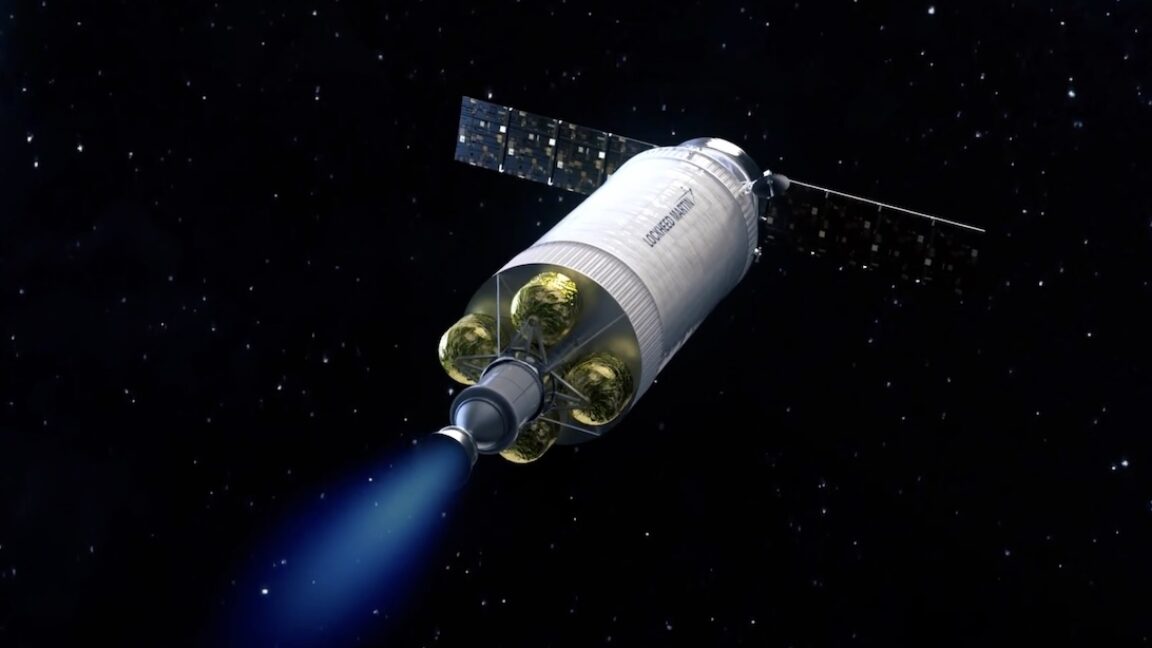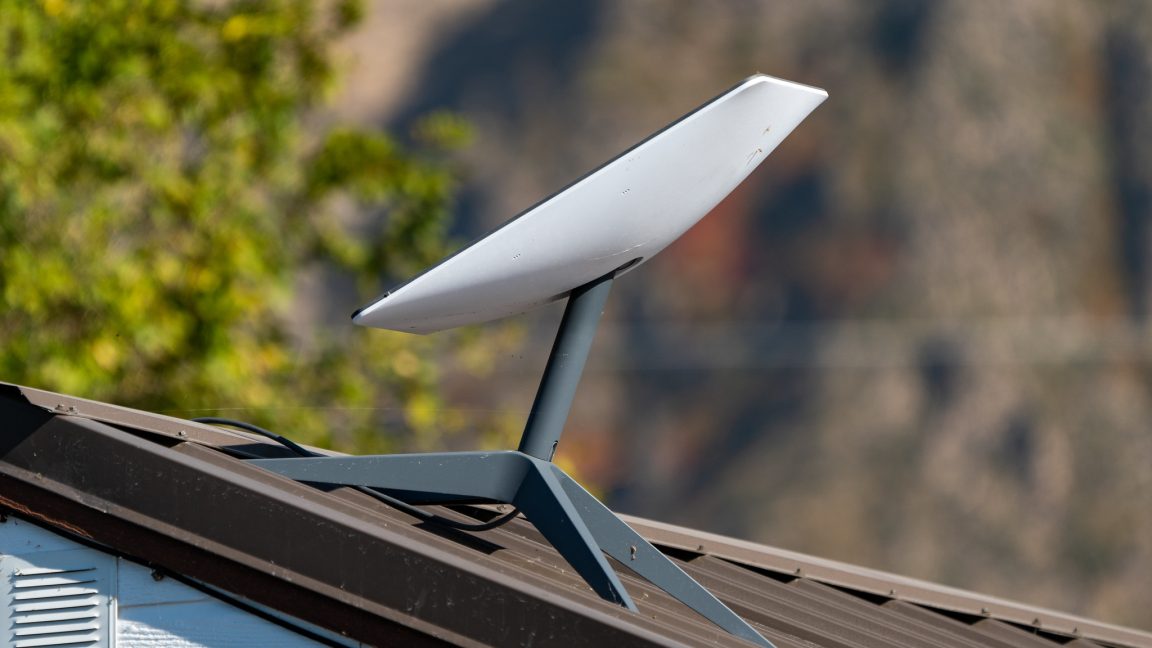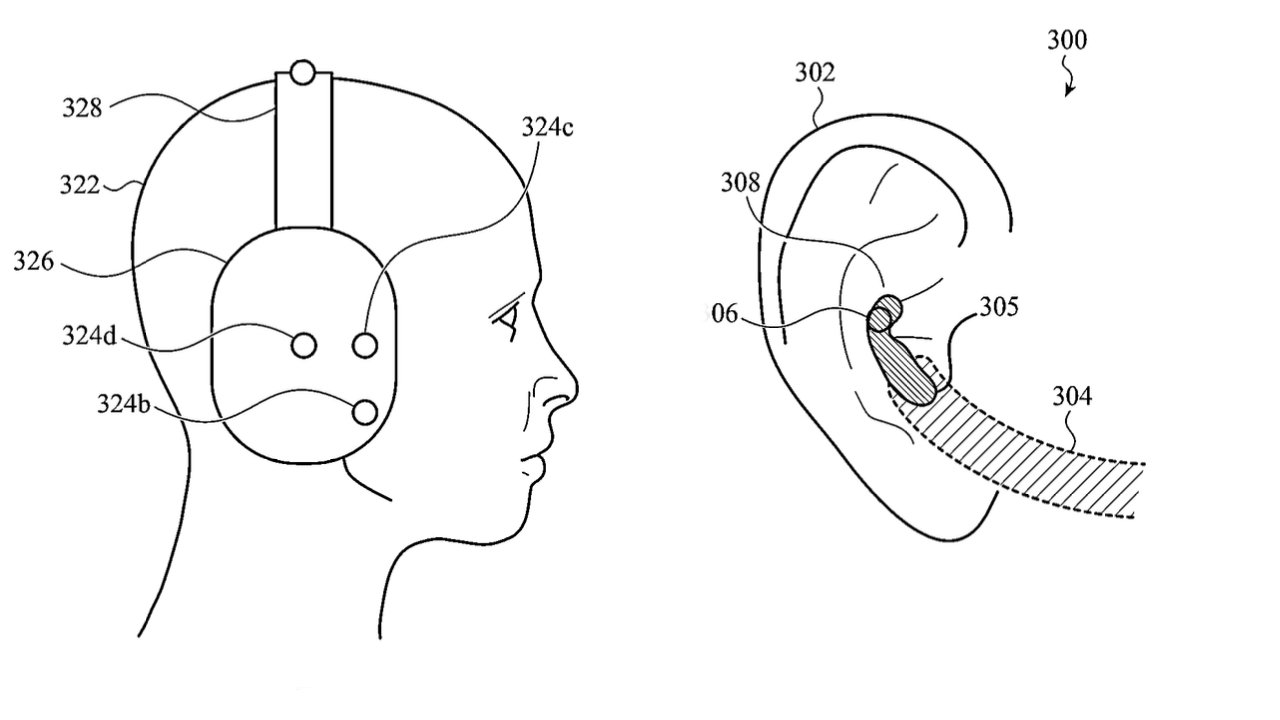Advancements and Challenges in Modern Robotics Research: A Synthesis of Recent Developments
This article is part of AI Frontiers, a series exploring groundbreaking computer science and artificial intelligence research from arXiv. We summarize key papers, demystify complex concepts in machine learning and computational theory, and highlight innovations shaping our technological future. The field of robotics has undergone significant transformation over the past decade, particularly within the date range of 2023 to 2025, as evidenced by recent studies. Robotics, defined as the interdisciplinary study combining mechanical engineering, artificial intelligence, and computational theory, holds immense significance in modern society. From manufacturing floors to surgical suites, and from space exploration to household assistance, robots have become integral to human life. Their evolution from simple automated machines to sophisticated systems capable of decision-making and learning represents a paradigm shift in technological development. This synthesis explores three major themes emerging from recent research: human-robot interaction, perception and planning, and learning and adaptation. These themes are illustrated through examples such as Liu et al. (2025), Neves et al. (2025), and Wang et al. (2025). Methodological approaches in robotics research include deep learning architectures, reinforcement learning techniques, and physics-informed models. Key findings reveal breakthroughs like ExoGait-MS achieving 94.34% accuracy in personal gait recognition and high-speed obstacle avoidance systems reducing processing time by 79.24%. Critical assessment highlights both progress and challenges, emphasizing the need for multimodal sensing, energy efficiency, and standardized evaluation protocols. References include Liu et al. (2025). ExoGait-MS. arXiv:2501.xxxx, Neves et al. (2025). Long Assembly Task Classification. arXiv:2502.xxxx, and Wang et al. (2025). Bio-mimetic Neuromorphic Model. arXiv:2503.xxxx. The field of robotics has evolved significantly, transitioning from rudimentary machines performing repetitive tasks to intelligent systems capable of autonomous operation in complex environments. This evolution underscores the importance of robotics in addressing contemporary societal challenges. For instance, robotic systems are now deployed in healthcare for rehabilitation purposes, in logistics for efficient warehouse management, and in disaster response scenarios where human intervention is risky or impossible. The integration of artificial intelligence has been pivotal in enabling these advancements, allowing robots to perceive their surroundings, interpret sensory data, and execute actions accordingly. As Liu et al. (2025) demonstrate, the development of personalized exoskeleton control systems exemplifies how robotics can enhance human capabilities while adapting to individual needs. Similarly, Neves et al. (2025) highlight the role of robotics in collaborative settings, where machines work alongside humans to complete intricate assembly tasks. These examples illustrate the broader impact of robotics on various domains, underscoring its transformative potential. Three major themes dominate recent robotics research: human-robot interaction, perception and planning, and learning and adaptation. Human-robot interaction focuses on creating intuitive and responsive systems that can seamlessly integrate into human-centric environments. Wang et al. (2025) contribute to this theme by developing a bio-mimetic neuromorphic model for heat-evoked nociceptive withdrawal reflexes in upper limbs. Their work replicates biological mechanisms using spiking neural networks, enabling robots to exhibit human-like responses to stimuli. Perception and planning involve enhancing a robot's ability to understand its environment and make informed decisions. For example, research on single-view mesh reconstruction for digital twin environments demonstrates how advanced algorithms can generate detailed 3D models from limited visual input. Learning and adaptation encompass methods for teaching robots complex tasks through hierarchical data collection and neural network architectures. Liu et al. (2025) address this theme with their Multi-Scale Global Dense Graph Convolutional Networks, which capture spatial relationships between joints and identify subtle patterns in movement. Together, these themes reflect the diverse challenges and opportunities within robotics research. Methodological approaches in robotics research vary widely, each offering unique advantages and limitations. Deep learning architectures, particularly convolutional neural networks and transformer models, have gained prominence due to their ability to process large datasets and recognize complex patterns. Liu et al. (2025) employ Multi-Scale Global Dense Graph Convolutional Networks to achieve remarkable accuracy in personal gait recognition. However, these models demand substantial computational resources and extensive training data, posing challenges for real-ti

This article is part of AI Frontiers, a series exploring groundbreaking computer science and artificial intelligence research from arXiv. We summarize key papers, demystify complex concepts in machine learning and computational theory, and highlight innovations shaping our technological future. The field of robotics has undergone significant transformation over the past decade, particularly within the date range of 2023 to 2025, as evidenced by recent studies. Robotics, defined as the interdisciplinary study combining mechanical engineering, artificial intelligence, and computational theory, holds immense significance in modern society. From manufacturing floors to surgical suites, and from space exploration to household assistance, robots have become integral to human life. Their evolution from simple automated machines to sophisticated systems capable of decision-making and learning represents a paradigm shift in technological development. This synthesis explores three major themes emerging from recent research: human-robot interaction, perception and planning, and learning and adaptation. These themes are illustrated through examples such as Liu et al. (2025), Neves et al. (2025), and Wang et al. (2025). Methodological approaches in robotics research include deep learning architectures, reinforcement learning techniques, and physics-informed models. Key findings reveal breakthroughs like ExoGait-MS achieving 94.34% accuracy in personal gait recognition and high-speed obstacle avoidance systems reducing processing time by 79.24%. Critical assessment highlights both progress and challenges, emphasizing the need for multimodal sensing, energy efficiency, and standardized evaluation protocols. References include Liu et al. (2025). ExoGait-MS. arXiv:2501.xxxx, Neves et al. (2025). Long Assembly Task Classification. arXiv:2502.xxxx, and Wang et al. (2025). Bio-mimetic Neuromorphic Model. arXiv:2503.xxxx. The field of robotics has evolved significantly, transitioning from rudimentary machines performing repetitive tasks to intelligent systems capable of autonomous operation in complex environments. This evolution underscores the importance of robotics in addressing contemporary societal challenges. For instance, robotic systems are now deployed in healthcare for rehabilitation purposes, in logistics for efficient warehouse management, and in disaster response scenarios where human intervention is risky or impossible. The integration of artificial intelligence has been pivotal in enabling these advancements, allowing robots to perceive their surroundings, interpret sensory data, and execute actions accordingly. As Liu et al. (2025) demonstrate, the development of personalized exoskeleton control systems exemplifies how robotics can enhance human capabilities while adapting to individual needs. Similarly, Neves et al. (2025) highlight the role of robotics in collaborative settings, where machines work alongside humans to complete intricate assembly tasks. These examples illustrate the broader impact of robotics on various domains, underscoring its transformative potential. Three major themes dominate recent robotics research: human-robot interaction, perception and planning, and learning and adaptation. Human-robot interaction focuses on creating intuitive and responsive systems that can seamlessly integrate into human-centric environments. Wang et al. (2025) contribute to this theme by developing a bio-mimetic neuromorphic model for heat-evoked nociceptive withdrawal reflexes in upper limbs. Their work replicates biological mechanisms using spiking neural networks, enabling robots to exhibit human-like responses to stimuli. Perception and planning involve enhancing a robot's ability to understand its environment and make informed decisions. For example, research on single-view mesh reconstruction for digital twin environments demonstrates how advanced algorithms can generate detailed 3D models from limited visual input. Learning and adaptation encompass methods for teaching robots complex tasks through hierarchical data collection and neural network architectures. Liu et al. (2025) address this theme with their Multi-Scale Global Dense Graph Convolutional Networks, which capture spatial relationships between joints and identify subtle patterns in movement. Together, these themes reflect the diverse challenges and opportunities within robotics research. Methodological approaches in robotics research vary widely, each offering unique advantages and limitations. Deep learning architectures, particularly convolutional neural networks and transformer models, have gained prominence due to their ability to process large datasets and recognize complex patterns. Liu et al. (2025) employ Multi-Scale Global Dense Graph Convolutional Networks to achieve remarkable accuracy in personal gait recognition. However, these models demand substantial computational resources and extensive training data, posing challenges for real-time applications. Reinforcement learning techniques represent another common methodology, enabling robots to learn optimal behaviors through trial and error. Neves et al. (2025) utilize LSTM, Transformer, and xLSTM models to classify long assembly tasks, demonstrating the effectiveness of sequence-based learning in collaborative robotics. Physics-informed models combine machine learning with structured knowledge derived from physical laws, as seen in deformable object manipulation studies. These hybrid systems leverage the generalization capabilities of neural networks while incorporating domain-specific constraints, resulting in robust performance across diverse scenarios. Key findings from recent robotics research highlight several groundbreaking advancements with far-reaching implications. One notable achievement is the development of ExoGait-MS by Liu et al. (2025), which achieves an impressive 94.34% accuracy in recognizing individual walking patterns. This system addresses the limitations of standardized exoskeleton controls, providing personalized assistance tailored to each user's physiology. Another significant breakthrough involves high-speed obstacle avoidance for unmanned aerial vehicles, where researchers reduce processing time by 79.24% compared to existing methods. This advancement enables flight speeds of up to 15 meters per second in cluttered environments, showcasing the potential for real-world deployment in dynamic settings. In the realm of human-robot collaboration, Plan-R1 introduces a two-stage trajectory planning framework that incorporates explicit planning principles such as safety, comfort, and traffic rule compliance. Unlike traditional approaches reliant on expert demonstrations, Plan-R1 uses rule-based rewards and Group Relative Policy Optimization to generate feasible trajectories. These findings underscore the rapid progress in robotics, driven by innovative methodologies and interdisciplinary collaboration. Several influential works stand out in recent robotics literature, contributing significantly to the field's advancement. Liu et al. (2025) present ExoGait-MS, a dual-pronged methodology combining Multi-Scale Global Dense Graph Convolutional Networks with a Gait Non-linear Periodic Dynamics Learning module. Their custom-built gait dataset demonstrates superior performance, achieving a 3.77% improvement over state-of-the-art methods. Neves et al. (2025) conduct a comparative analysis of LSTM, Transformer, and xLSTM models for classifying long assembly tasks in collaborative robotics. Their rigorous evaluation reveals that xLSTM exhibits superior cross-operator performance at 60.8%, highlighting its potential for generalization. Wang et al. (2025) develop a bio-mimetic neuromorphic model for heat-evoked nociceptive withdrawal reflexes, implementing spiking neural networks trained with bio-plausible reward modulated spike timing-dependent plasticity. Their model successfully replicates both spatial and temporal summation effects observed in human responses. These works exemplify the diversity and depth of current research efforts, pushing the boundaries of what robotic systems can achieve. Despite significant progress, several challenges remain before robotics technologies can achieve widespread practical implementation. One persistent obstacle is the gap between controlled laboratory environments and real-world applications. Many sophisticated systems excel in ideal conditions but struggle when confronted with the unpredictability of actual operating environments. Addressing this challenge requires robust testing protocols and adaptive algorithms capable of handling variability. Future directions include integrating multimodal sensing capabilities to enhance environmental awareness and interaction. Combining visual, tactile, and proprioceptive inputs could enable robots to develop more nuanced understanding of their surroundings. Energy efficiency and sustainable operation represent another critical area for development. As robots become more advanced, their power consumption increases, limiting operational duration and deployment scenarios. Advances in low-power computing architectures and energy harvesting techniques could mitigate these limitations. Additionally, the establishment of standardized evaluation protocols and benchmarking tools would facilitate meaningful comparisons between different approaches, accelerating progress through shared metrics and datasets. In conclusion, recent advancements in robotics research demonstrate the field's transformative potential across various domains. From personalized exoskeleton controls to high-speed obstacle avoidance systems, these innovations exemplify the rapid pace of technological development. While deep learning architectures, reinforcement learning techniques, and physics-informed models have shown remarkable effectiveness, addressing their limitations remains crucial for practical implementation. Bridging the gap between laboratory settings and real-world applications, integrating multimodal sensing capabilities, improving energy efficiency, and developing standardized evaluation protocols are essential steps toward realizing the full potential of robotics. As Liu et al. (2025), Neves et al. (2025), and Wang et al. (2025) illustrate, interdisciplinary collaboration and innovative methodologies continue to drive progress in this dynamic field. References include Liu et al. (2025). ExoGait-MS. arXiv:2501.xxxx, Neves et al. (2025). Long Assembly Task Classification. arXiv:2502.xxxx, Wang et al. (2025). Bio-mimetic Neuromorphic Model. arXiv:2503.xxxx.



























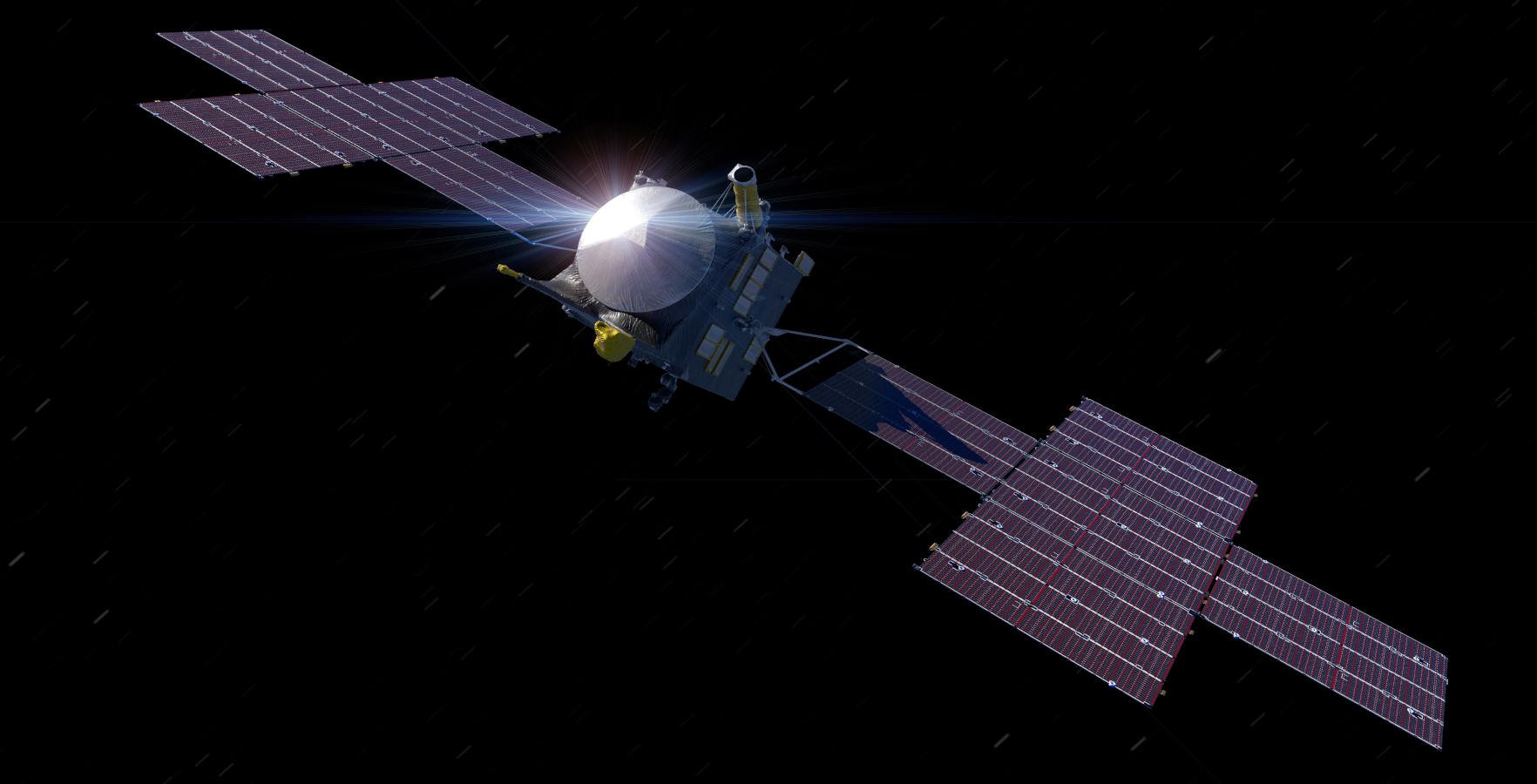
























































































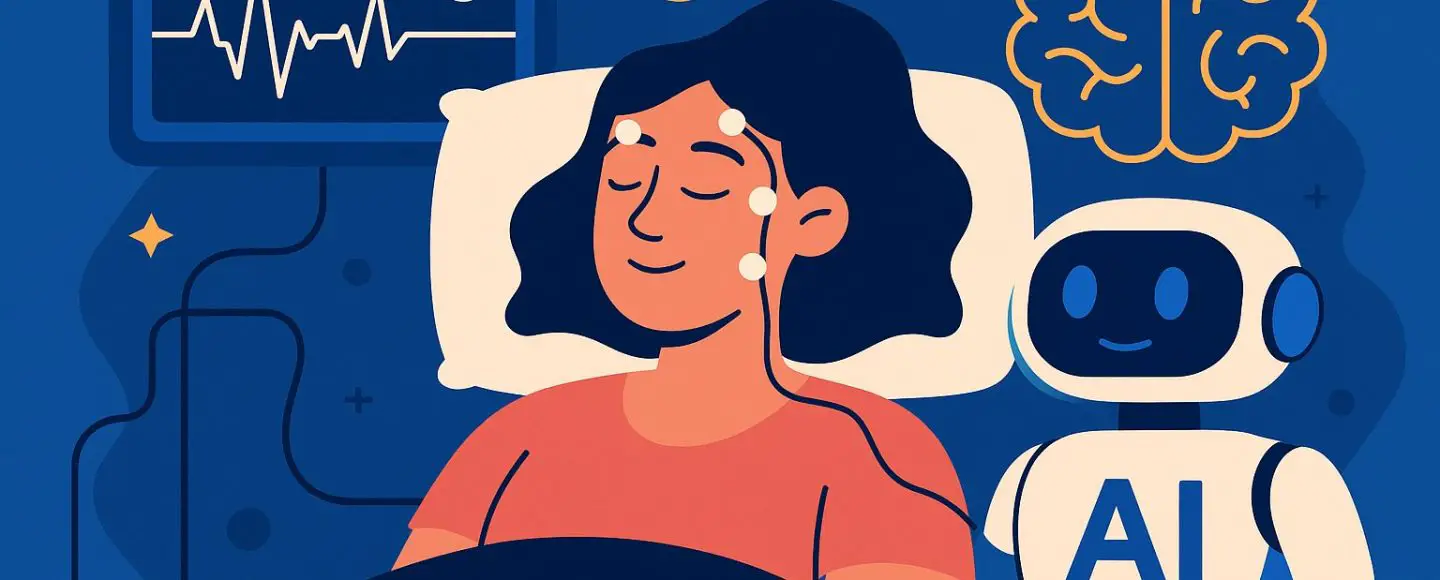
























































![[The AI Show Episode 151]: Anthropic CEO: AI Will Destroy 50% of Entry-Level Jobs, Veo 3’s Scary Lifelike Videos, Meta Aims to Fully Automate Ads & Perplexity’s Burning Cash](https://www.marketingaiinstitute.com/hubfs/ep%20151%20cover.png)






































































































































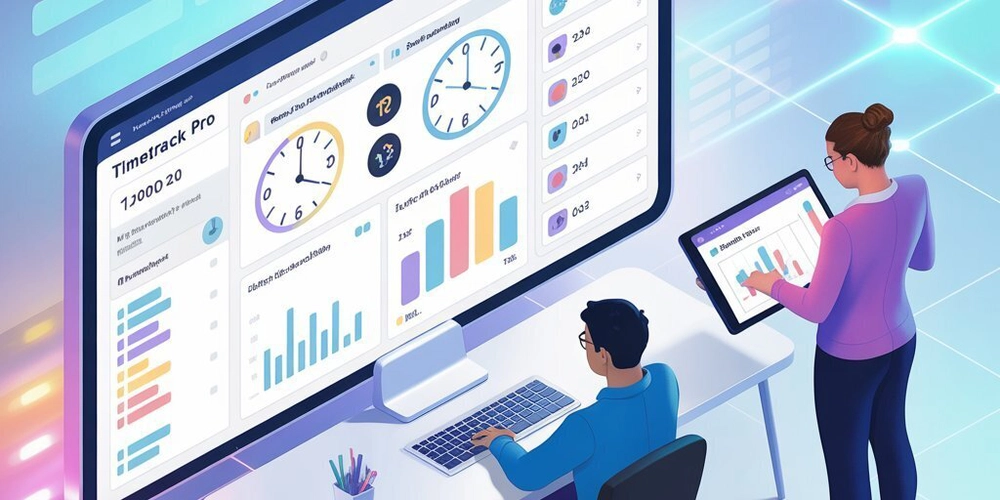



















![Z buffer problem in a 2.5D engine similar to monument valley [closed]](https://i.sstatic.net/OlHwug81.jpg)


































































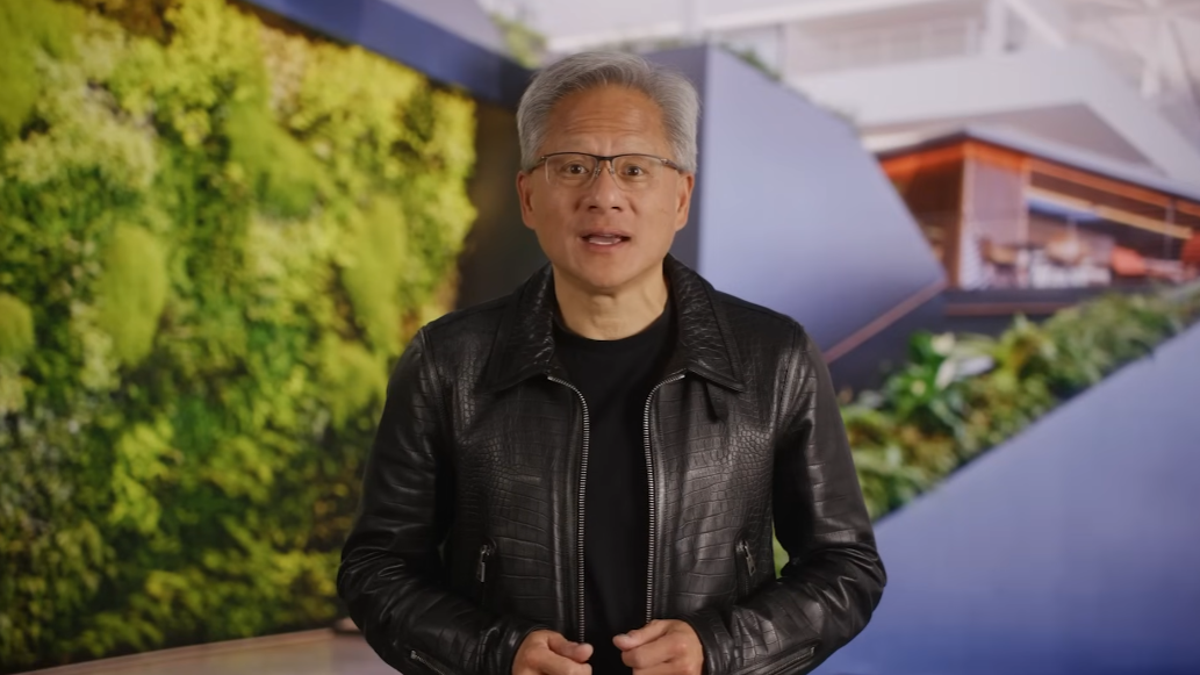






















.png?width=1920&height=1920&fit=bounds&quality=70&format=jpg&auto=webp#)



















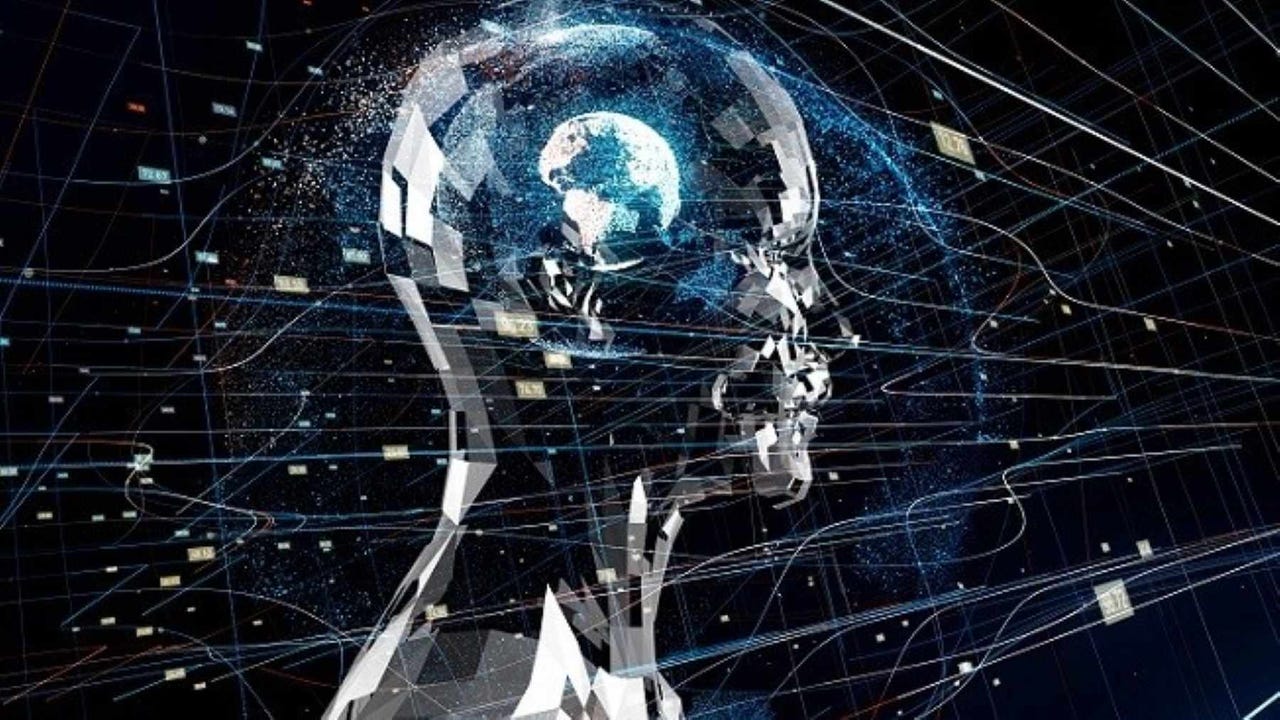
_Kjetil_Kolbjornsrud_Alamy.jpg?width=1280&auto=webp&quality=80&disable=upscale#)













































































